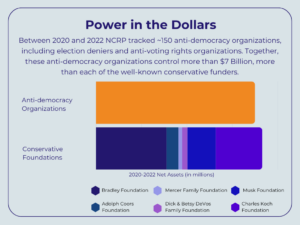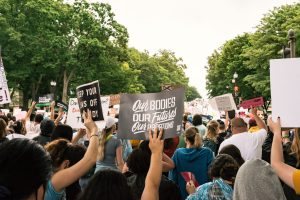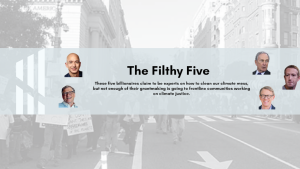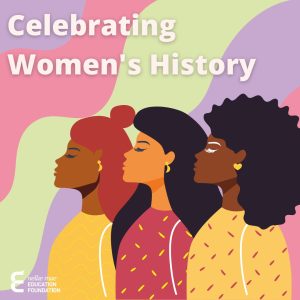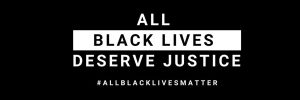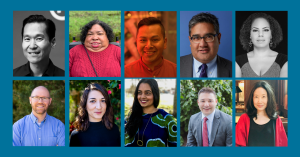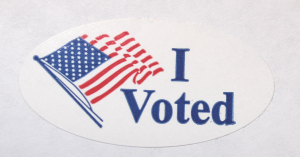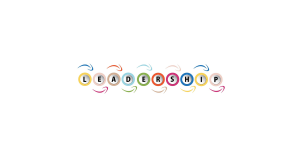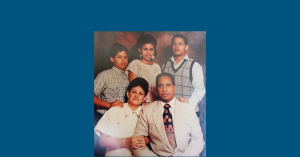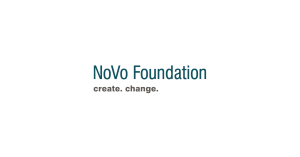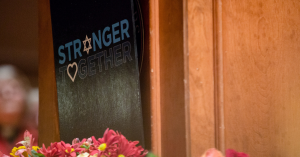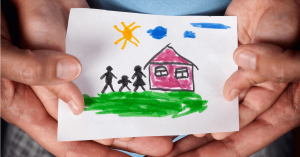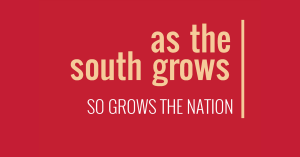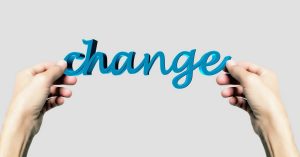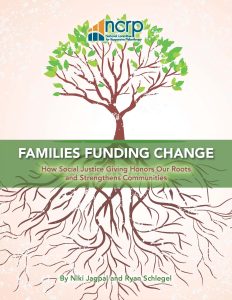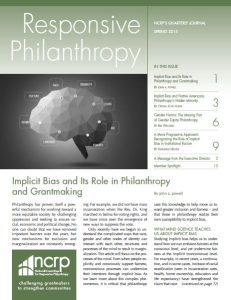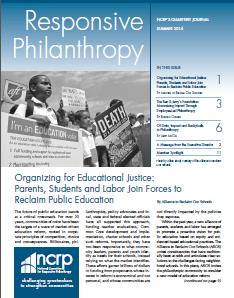“My grantees and staff ‘get’ race and class but where’s the gender analysis? What I want to know is –what happened to gender?”
– Senior Program Officer
“Gender impacts every issue funders address, but program officers are seldom challenged to do innovative grantmaking around gender [like they are race and class].”
– Loren Harris, former Program Officer for U.S. Youth, Ford Foundation
Almost three decades of research has found that rigid ideas of femininity and masculinity – or gender norms – can impact life outcomes in fundamental ways.
For instance, men who buy into harsh codes of manhood as defined by strength, aggression, sexual prowess and emotional toughness are more likely to believe that pregnancy validates manhood, to engage in LGBT bullying or sexual harassment, to drop out of school early or run afoul of Zero Tolerance and other school “push-out” policies. They are also more likely to avoid getting medical help for easily treatable – and even preventable – illnesses until their bodies are in crisis.
Women who equate real femininity with beauty and desirability, passivity, motherhood, dependence and conflict avoidance have higher rates of HIV and teen and unplanned pregnancy. They are more likely to drop out of school early, be victimized by partner abuse, and be dependent upon – and defer to – male prerogatives. They are also less likely to be economically literate and empowered, and more likely to have eating disorders or depression.
As a social determinant of health and wellness, gender norms are deeply intertwined with issues of race and class. For instance, studies show that young black girls have specific race and gender experiences that have immense effects on their health, achievement and life outcomes. Additionally, the impact of gender norms is amplified in low-income communities where codes for manhood and womanhood on the street can be especially narrow and penalties for transgressing them harsh.
Indeed, many experts recommend what theorist Kimberly Crenshaw called an “intersectional approach” that addresses issues like sexual orientation, race, class and gender simultaneously.
Major international institutional donors such as The United States President’s Emergency Plan for AIDS Relief (PEPFAR), U.S. Agency for International Development (USAID), Joint United Nations Programme on HIV/AIDS (UNAIDs), World Health Organization and World Bank – as well as leading international nonprofits like CARE, EngenderHealth, International Center for Research on Women, Planned Parenthood and Population Council – have implemented initiatives that challenge rigid gender norms and found them effective.
For instance, USAID no longer funds new programs that lack a strong gender analysis, and PEPFAR has made masculinity a centerpiece of its efforts to combat HIV and violence against women.
But in this area, U.S. philanthropy continues to lag behind. As Dr. Hortensia Amaro observed in 1995, U.S. programs still tends to pursue better life outcomes “in a gender vacuum.” Today funding priorities or grantee programs fail to integrate a strong, specific focus on gender norms despite all the research. One of the reasons is that “gender” remains a contested term, commonly referring to both gender equity (equal treatment and opportunities for both men and women) and gender norms (masculinity and femininity).
Many U.S. funders say they have a “gender analysis,” by which they mean they prioritize funding that increases opportunities for women and girls. This is an important philanthropic goal, but often one that separates gender norms from gender equity. In the long run, this doesn’t work.
The World Bank found that after investing hundreds of millions of dollars to increase opportunities for women and girls, cultural gender norms had put a ceiling on their progress and would need to be pulled through everything they did.
Today, a growing core of leading funders such as California Endowment, Ford Foundation, Heinz Endowments, Motorola Solutions Foundation and Overbrook Foundation have awarded grants featuring what expert Geeta Rao Gupta called a “gender transformative” focus: they highlight, challenge and ultimately seek to change rigid gender norms. Prominent nonprofits such as the A Call to Men, Center for the Study of Men and Masculinities, Futures Without Violence, Men Can Stop Rape, Promundo/US and Scenarios/USA also are implementing model gender transformative programming.
Gender transformative philanthropy is poised to become the leading edge of “best practice” in U.S. grantmaking. In doing so, it will underscore and amplify many of the qualities that describe NCRP’s responsive grantmaking principles: smashing issue silos, making giving more evidence-based, addressing at-risk communities and increasing the social return on our philanthropic investments.
As one World Bank manager pointed out, they address gender norms not because it’s trendy – these are data-driven economists after all – but because the numbers tell them it works better.
Can we in the U.S. afford not to do likewise?
Riki Wilchins is the executive director of TrueChild, an action-tank devoted to reconnecting race, class and gender for donors and grantees. The author of three books on gender theory, TIME selected her one of “100 Civic Innovators for the 21st Century.” She can be reached at rwilchins@truechild.org.









